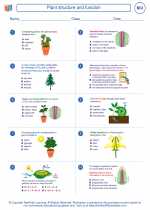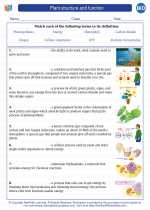Neon
Neon is a chemical element with the symbol Ne and atomic number 10. It is a noble gas, which means it is very stable and does not readily form compounds with other elements. Neon is colorless, odorless, and inert under normal conditions.
Physical Properties
- Atomic number: 10
- Atomic mass: 20.1797
- Phase at room temperature: Gas
- Boiling point: -246.1°C
- Melting point: -248.6°C
- Density: 0.0008999 grams per cubic centimeter
Discovery and Isolation
Neon was discovered in 1898 by Sir William Ramsay, a Scottish chemist, and Morris Travers, an English chemist. They obtained it by distilling liquid air and were able to isolate neon, along with other noble gases, through fractional distillation.
Uses
Neon is most commonly known for its use in neon signs, where it glows reddish-orange when an electric current passes through it. It is also used in vacuum tubes, television tubes, and as a refrigerant in cryogenics. Additionally, neon is used in the production of lasers and as a component in gas discharges in various types of lighting.
Study Guide
To study neon effectively, consider the following key points:
- Understand the properties of neon, including its atomic number, mass, and physical state at room temperature.
- Learn about the discovery and isolation of neon by Ramsay and Travers.
- Explore the various uses of neon in everyday applications, such as neon signs and lighting.
- Consider the unique characteristics of neon as a noble gas and its inert nature.
By mastering these key points, you will have a solid understanding of the element neon and its significance in both scientific and practical contexts.
.◂Biology Worksheets and Study Guides High School. Plant structure and function

 Worksheet/Answer key
Worksheet/Answer key
 Worksheet/Answer key
Worksheet/Answer key
 Worksheet/Answer key
Worksheet/Answer key
 Vocabulary/Answer key
Vocabulary/Answer key
 Vocabulary/Answer key
Vocabulary/Answer key
